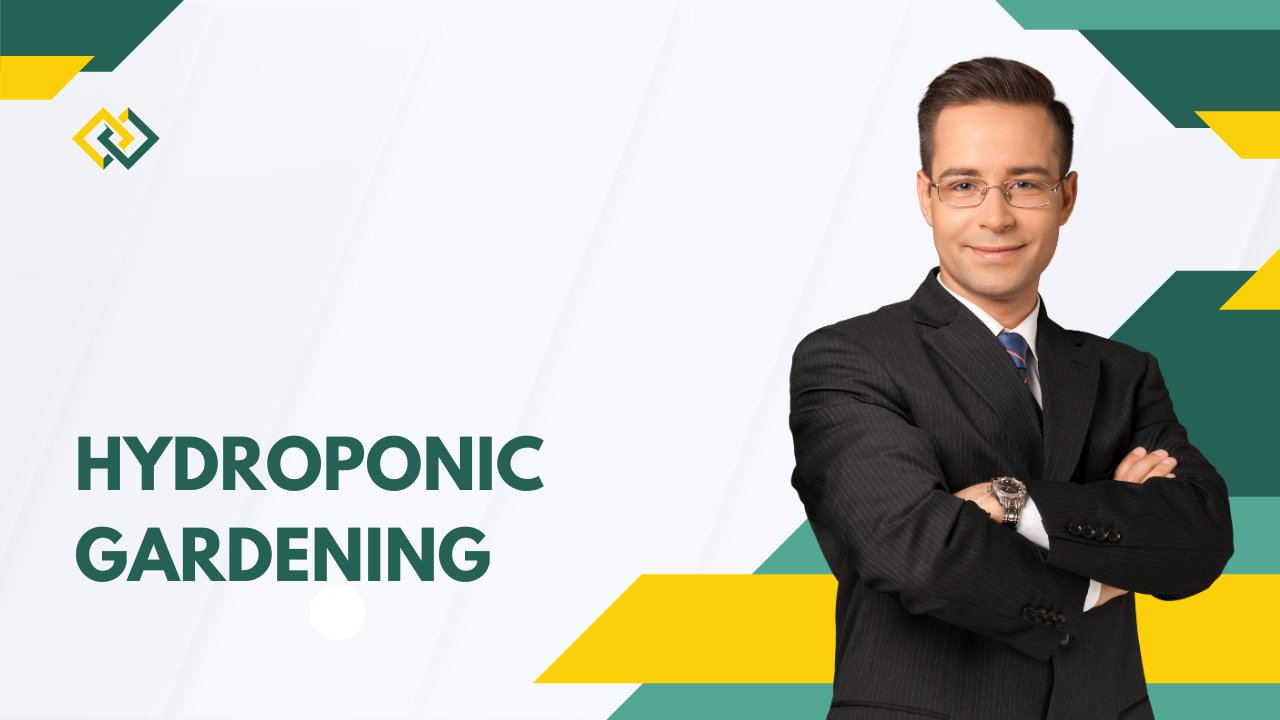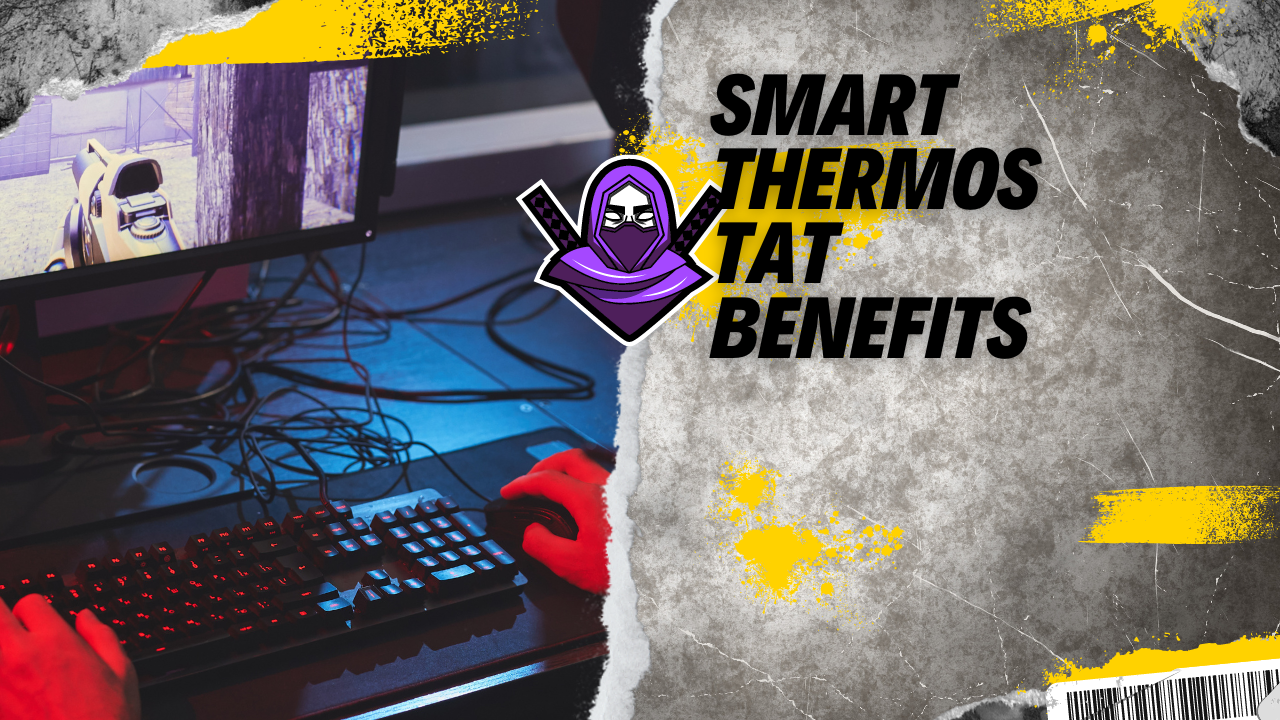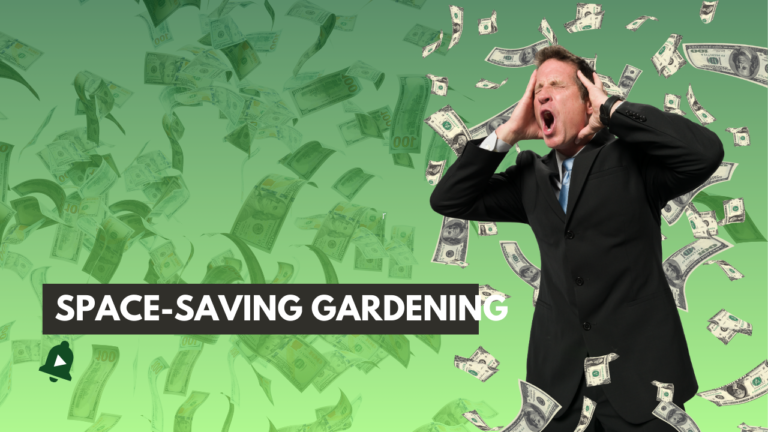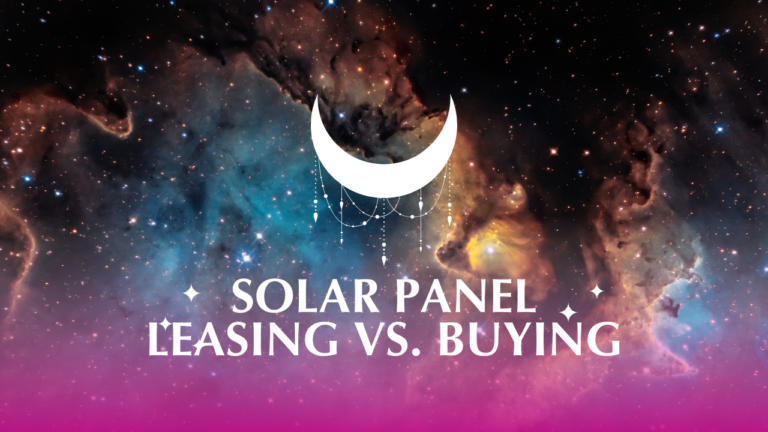Hydroponic Gardening for Beginners: A Comprehensive Guide
Hydroponic gardening is an innovative and efficient method of growing plants without soil. It\’s particularly suitable for beginners who want to start gardening in limited spaces or indoors. This guide will cover everything you need to know about hydroponic gardening for beginners, from understanding the basics to setting up your own hydroponic system and maintaining it for optimal growth.
Why Choose Hydroponic Gardening?
Hydroponic gardening offers numerous benefits, making it an attractive option for beginners:
- Space Efficiency: Ideal for small spaces, urban settings, and indoor gardening.
- Faster Growth: Plants often grow faster and yield more due to direct access to nutrients.
- Water Efficiency: Uses less water than traditional soil gardening.
- Fewer Pests and Diseases: Reduces the risk of soil-borne pests and diseases.
- Control Over Growing Conditions: Allows precise control over nutrients, pH levels, and lighting.
Understanding the Basics of Hydroponic Gardening
What is Hydroponics?
Hydroponics is a method of growing plants using a nutrient-rich water solution instead of soil. The roots of the plants are supported by an inert medium, such as perlite, coconut coir, or rockwool, which provides stability but no nutrients.
Essential Components of a Hydroponic System
For successful hydroponic gardening for beginners, you need to understand the key components of a hydroponic system:
- Growing Medium: Inert materials like perlite, coconut coir, rockwool, or clay pellets.
- Nutrient Solution: A balanced mix of essential nutrients dissolved in water.
- Water and Air Pumps: Ensure proper circulation and oxygenation of the nutrient solution.
- Grow Lights: Provide artificial light for indoor hydroponic gardens.
- pH and EC Meters: Monitor and adjust the pH and electrical conductivity (EC) of the nutrient solution.
- Hydroponic System Structure: Includes containers, reservoirs, and support structures.
Types of Hydroponic Systems
There are several types of hydroponic systems suitable for beginners:
1. Deep Water Culture (DWC)
Deep Water Culture is one of the simplest hydroponic systems, perfect for beginners.
- Setup: Plants are suspended in a nutrient-rich water solution, and their roots hang directly into the water.
- Aeration: An air pump and air stone provide oxygen to the roots.
- Advantages: Simple to set up and maintain, cost-effective, ideal for leafy greens and herbs.
2. Nutrient Film Technique (NFT)
NFT is a popular system where a thin film of nutrient solution flows over the roots.
- Setup: Plants are placed in channels, and the nutrient solution is pumped through the channels, recirculating back to the reservoir.
- Advantages: Efficient use of water and nutrients, suitable for a variety of plants, easy to expand.
3. Wick System
The wick system is a passive hydroponic system, great for beginners due to its simplicity.
- Setup: Plants are placed in a growing medium, and wicks draw the nutrient solution from a reservoir to the roots.
- Advantages: No need for pumps or electricity, low maintenance, suitable for small plants and herbs.
4. Ebb and Flow (Flood and Drain)
The ebb and flow system floods the growing area with nutrient solution and then drains it back to the reservoir.
- Setup: Plants are placed in a grow bed filled with a growing medium, and a pump periodically floods the bed.
- Advantages: Provides excellent oxygenation, suitable for a wide range of plants, easy to automate.
5. Drip System
The drip system delivers nutrient solution directly to the base of each plant through drip emitters.
- Setup: Plants are placed in containers, and a pump delivers the nutrient solution through tubing and emitters.
- Advantages: Precise control over nutrient delivery, suitable for larger plants, can be customized for different plants.
Setting Up Your Hydroponic Garden
Choosing a Location
Select a location that provides adequate light, temperature control, and easy access to water and electricity. Indoor spaces like basements, garages, or dedicated grow rooms are ideal.
Gathering Supplies
Collect all necessary supplies, including:
- Hydroponic system components (grow trays, reservoirs, pumps, tubing)
- Growing medium (perlite, coconut coir, rockwool)
- Nutrient solution (hydroponic fertilizer mix)
- pH and EC meters
- Grow lights (LED or fluorescent)
Assembling Your Hydroponic System
Follow these steps to set up your hydroponic system:
- Assemble the System: Set up the grow trays, reservoirs, and support structures according to the system type.
- Add Growing Medium: Fill the grow trays or containers with the chosen growing medium.
- Prepare Nutrient Solution: Mix the nutrient solution according to the manufacturer’s instructions and fill the reservoir.
- Transplant Seedlings: Start seeds in a separate germination tray and transplant seedlings into the hydroponic system once they have developed a few true leaves.
- Set Up Lighting: Install grow lights above the plants, ensuring they provide adequate light for the specific plant species.
Maintaining Your Hydroponic Garden
Monitoring and Adjusting pH and Nutrients
Regularly check the pH and nutrient levels of the solution to ensure optimal plant growth.
- pH Levels: Most plants prefer a pH of 5.5 to 6.5. Use pH up or down solutions to adjust.
- Nutrient Levels: Check the EC levels to ensure the nutrient concentration is within the recommended range for your plants.
Ensuring Proper Lighting
Provide sufficient light for your plants by adjusting the intensity and duration of the grow lights.
- Light Duration: Most plants need 12-16 hours of light per day.
- Light Intensity: Adjust the height of the lights to ensure even coverage and prevent burning the plants.
Managing Water and Oxygenation
Keep the nutrient solution well-oxygenated and maintain proper water levels in the reservoir.
- Aeration: Use air pumps and air stones to provide oxygen to the roots.
- Water Levels: Ensure the water level in the reservoir remains consistent, topping up as needed.
Common Challenges and Solutions
Algae Growth
Algae can develop in the nutrient solution if exposed to light.
- Solution: Cover the reservoir and grow trays to block light and clean the system regularly.
Nutrient Imbalances
Imbalances can cause nutrient deficiencies or toxicities.
- Solution: Regularly check and adjust the nutrient solution, and flush the system periodically to prevent buildup.
Root Rot
Poor oxygenation or overwatering can lead to root rot.
- Solution: Ensure proper aeration and avoid waterlogged conditions.
Final Thoughts on Hydroponic Gardening for Beginners
Starting with hydroponic gardening for beginners is an exciting and rewarding journey. By understanding the basics, choosing the right system, and maintaining proper conditions, you can enjoy bountiful harvests and learn valuable skills. With practice and patience, your hydroponic garden will thrive, providing fresh, home-grown produce year-round.
FAQs
1. What are the best plants for beginners to grow hydroponically?
Leafy greens like lettuce, spinach, and herbs such as basil and mint are excellent choices for beginners.
2. How often should I check the pH and nutrient levels?
Check the pH and nutrient levels at least once a week to ensure optimal plant health.
3. Can I use tap water for my hydroponic system?
Tap water can be used, but it’s essential to check its pH and adjust as needed. If the water quality is poor, consider using filtered or distilled water.
4. How much light do hydroponic plants need?
Most hydroponic plants require 12-16 hours of light per day. Adjust the duration based on the specific needs of your plants.
5. Is hydroponic gardening expensive to start?
While the initial setup cost can be higher than traditional gardening, hydroponic gardening can be cost-effective in the long run due to faster growth rates and higher yields.
By incorporating these hydroponic gardening for beginners techniques into your gardening routine, you can create a productive and sustainable garden that requires minimal effort and resources. Happy gardening!






